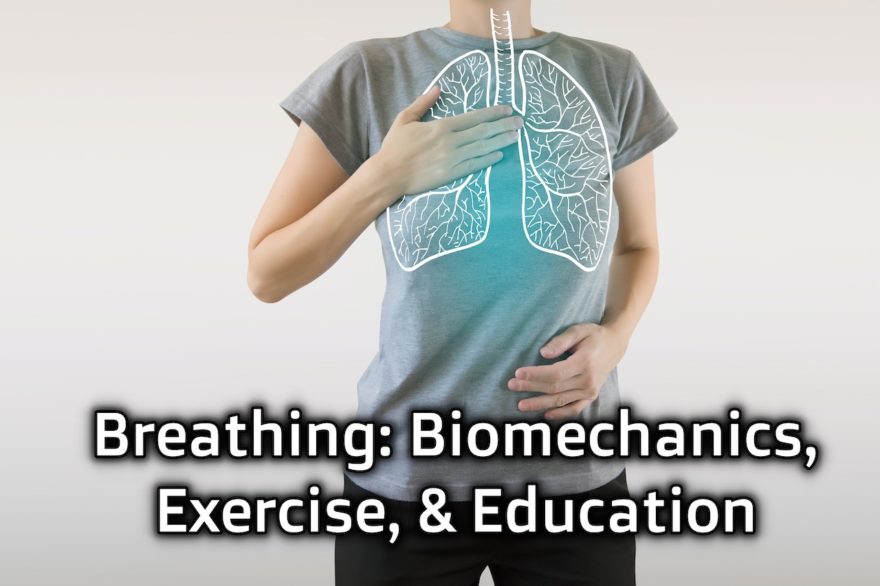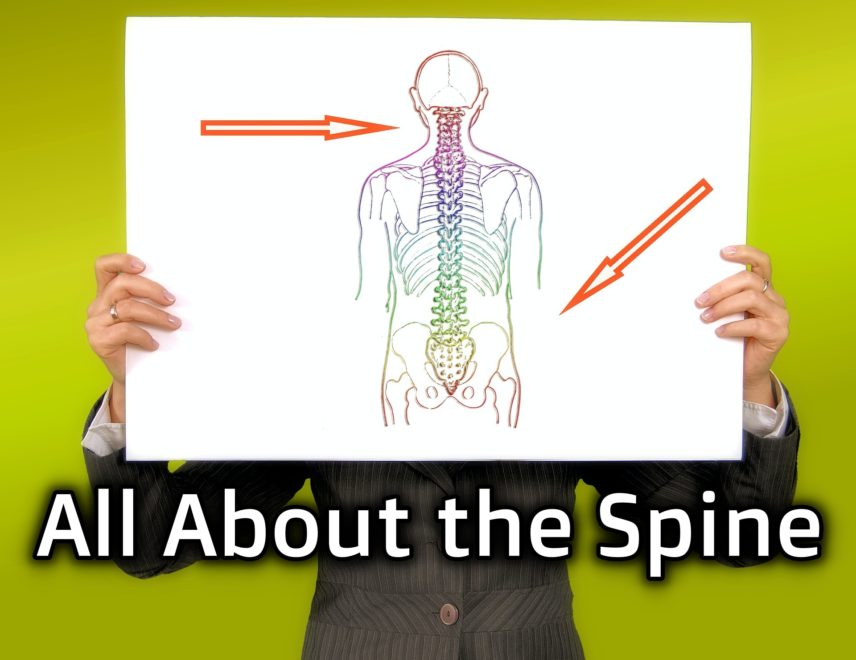Tag: respiration
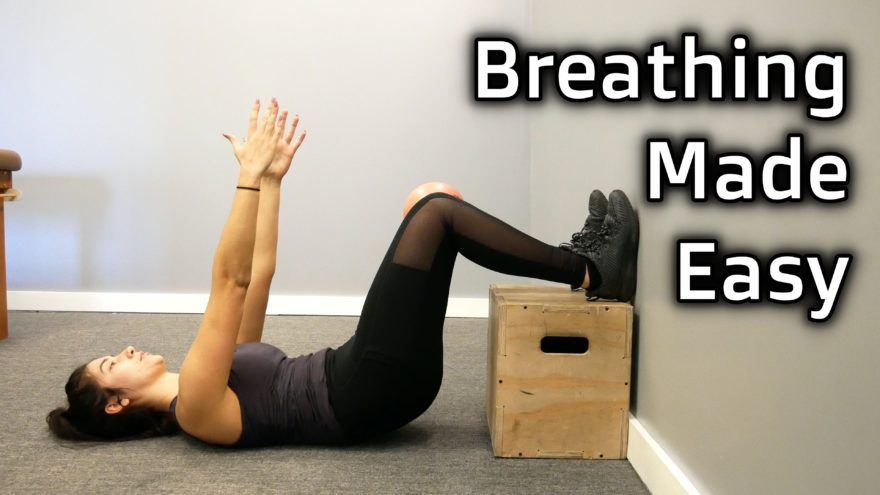
Breathing Made Easy
The starting point for learning about breathing This breathing stuff is confusing, isn’t it? You hear all of this foreign…

Top 10 Posts of 2019
At the end of each year, I like to see what you beautiful…sexy…outstanding people liked. What the fam….recognized (fam). This…
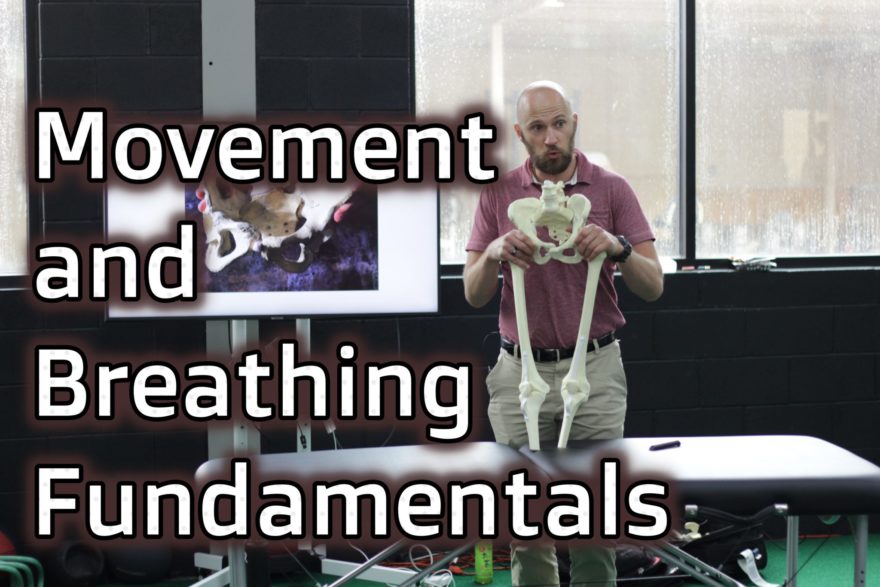
Movement and Breathing Fundamentals
Choosing movements that are best for a client requires knowledge of basic biomechanics. That includes the biomechanics of respiration. Yet…
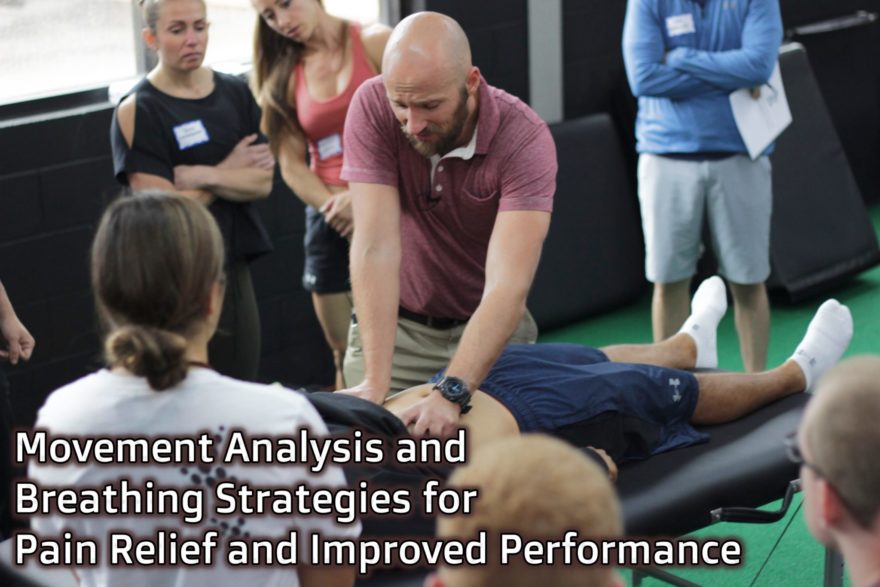
Movement Analysis and Breathing Strategies for Pain Relief and Improved Performance
Chris, a high level mountain biker, at first didn’t believe someone could help him move better over the internet. He…

Staying Current, Tennis Elbow, and Obers Test – Movement Debrief Episode 87
Movement Debrief Episode 87 is in the books. Below is a copy of the video for your viewing pleasure, and…
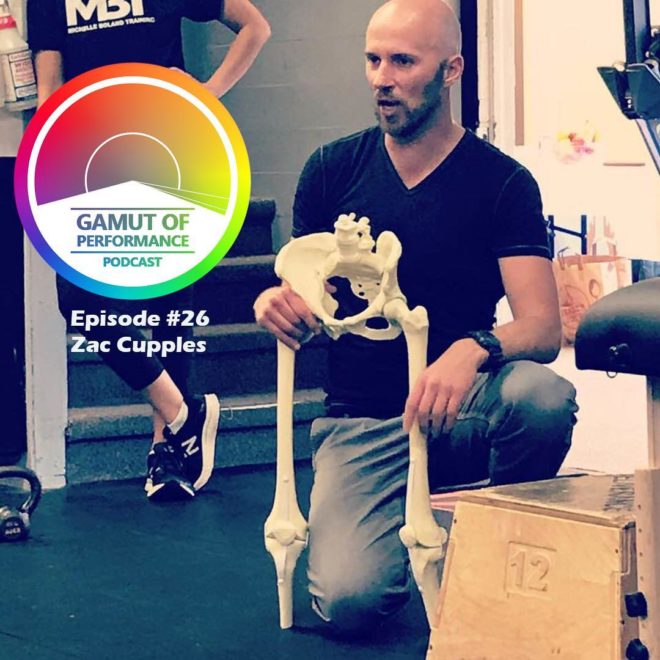
Infrasternal & Infrapubic Angles, and Improving Movement & Breathing Strategies
Want to learn about breathing? How it impacts movement? What are my thoughts are on the FMS? You’ll learn that…
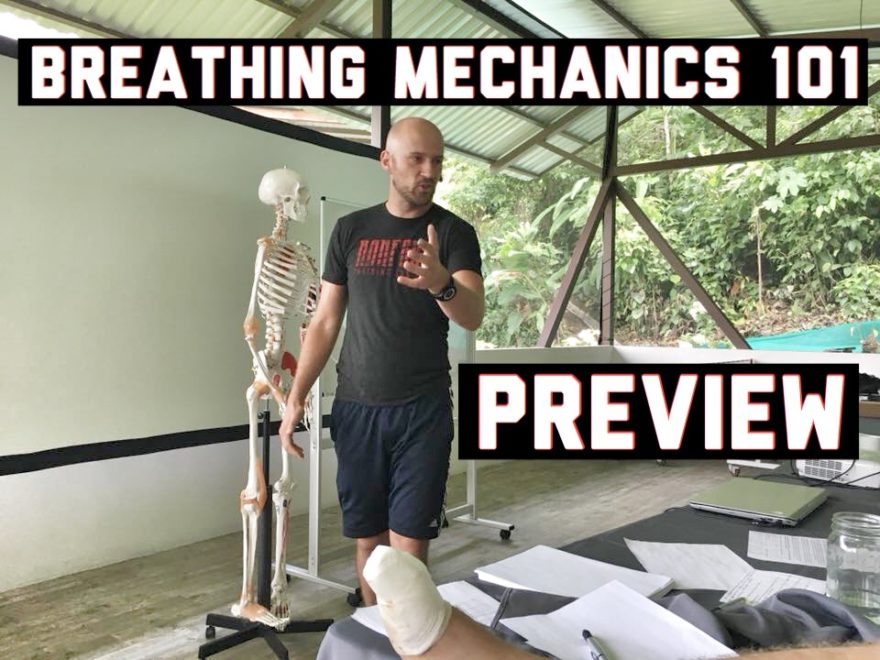
Breathing Mechanics 101 Preview
Below is a preview of a talk I gave in Costa Rica all about ribcage and respiratory mechanics. It’s a…
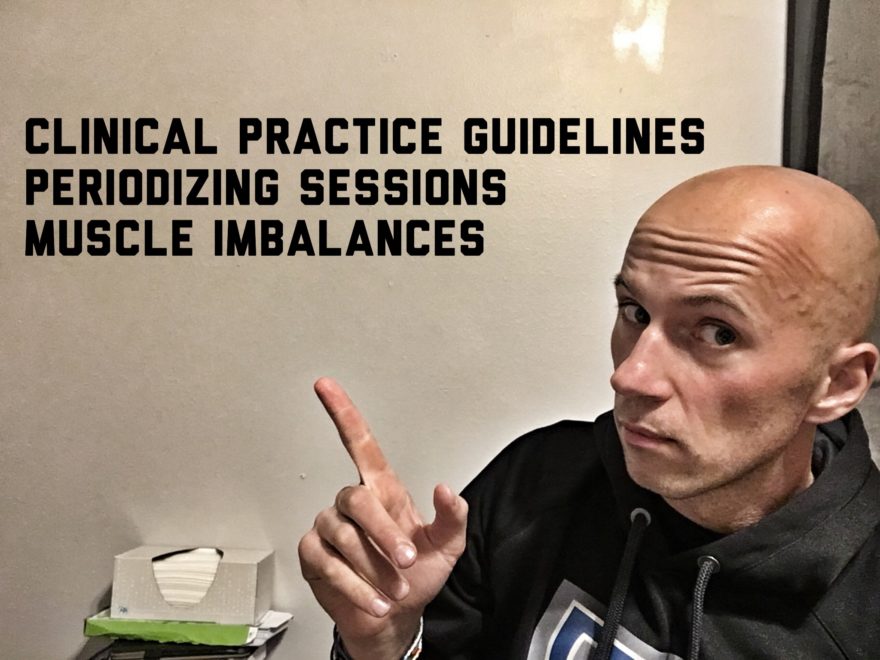
Clinical Practice Guidelines, Periodizing Sessions, and Muscle Imbalances – Movement Debrief Episode 33
Movement Debrief Episode 33 is in the books. Here is a copy of the video and audio for your listening…
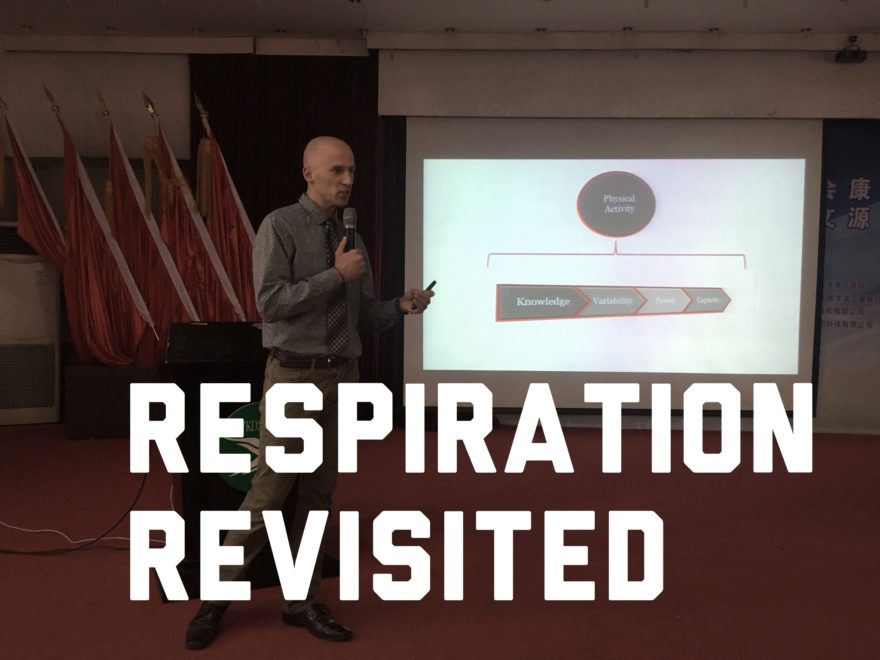
Respiration Revisited Preview
Respiration, and how it impacts movement, is a topic of dear interest to me. I scoured a bunch of resources…
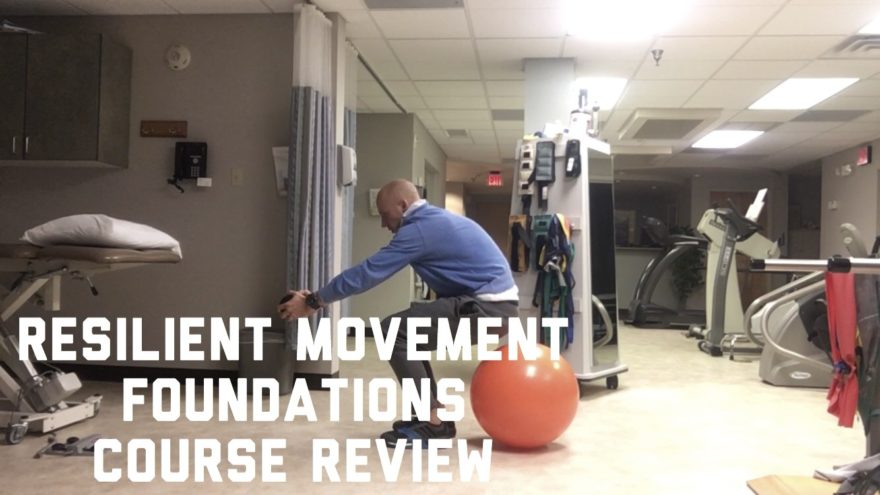
Resilient Movement Foundations Course Review
I recently had the pleasure of attending a class put on by my fellas at Resilient Performance Physical Therapy. I…

